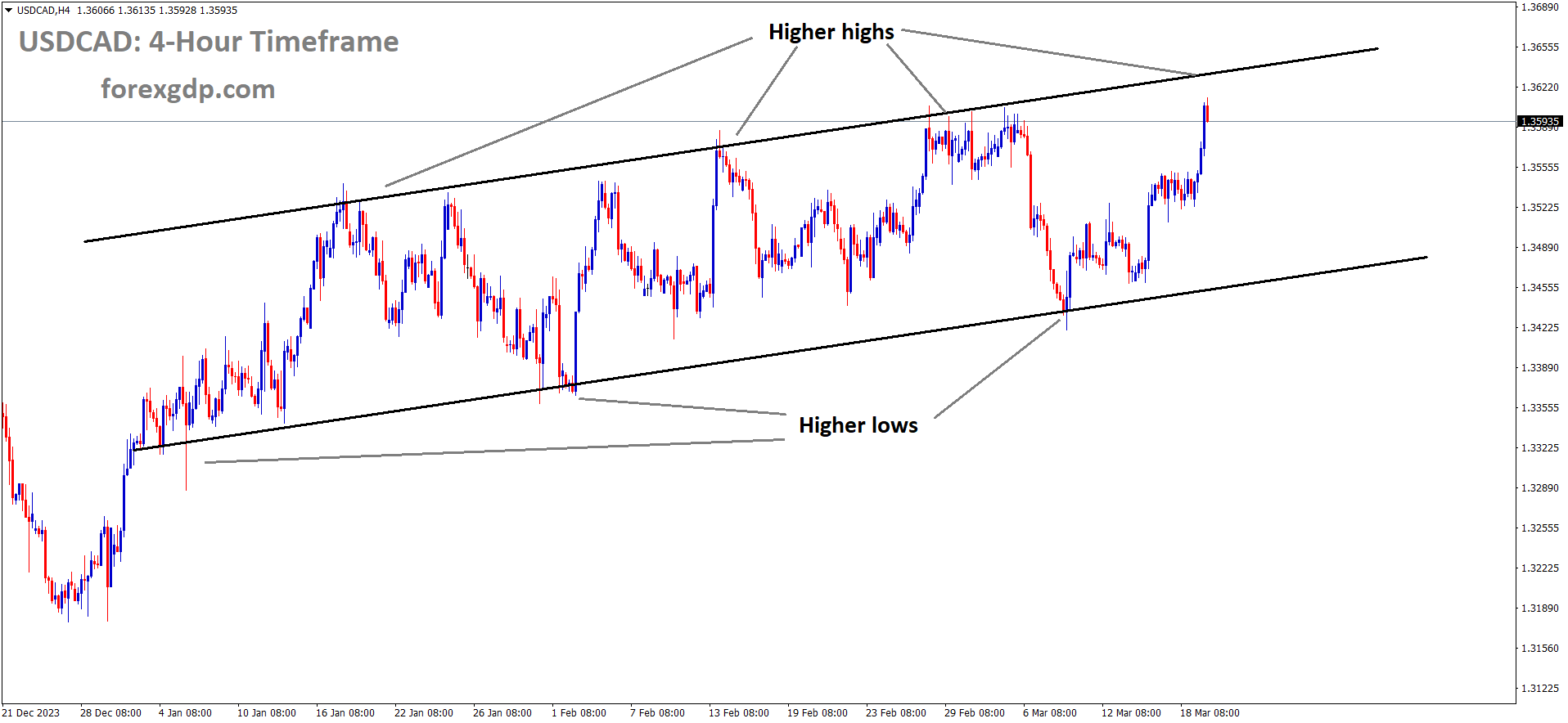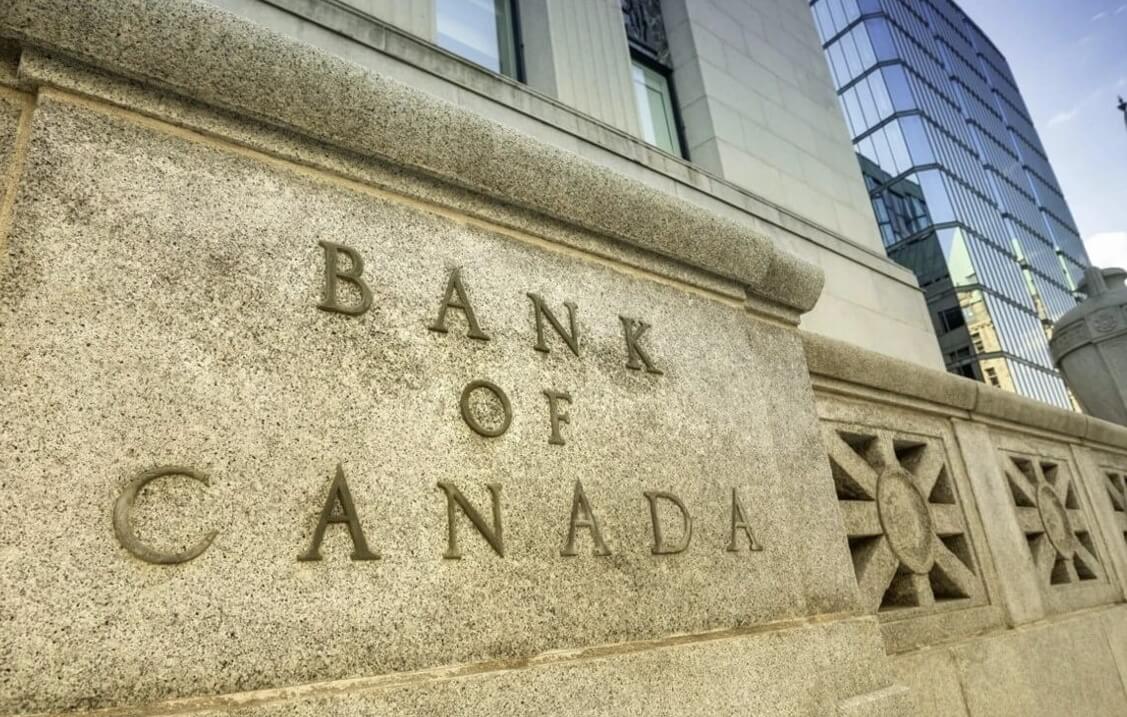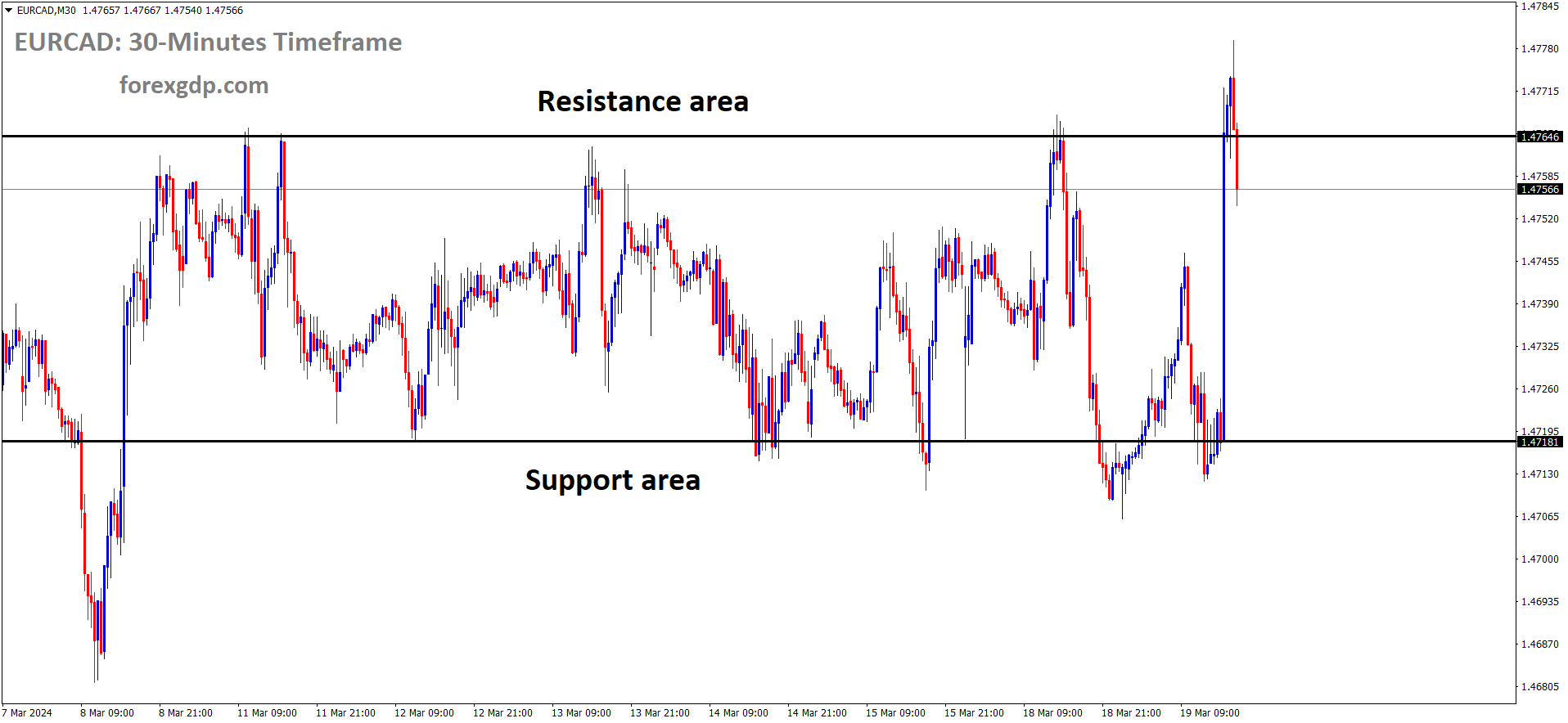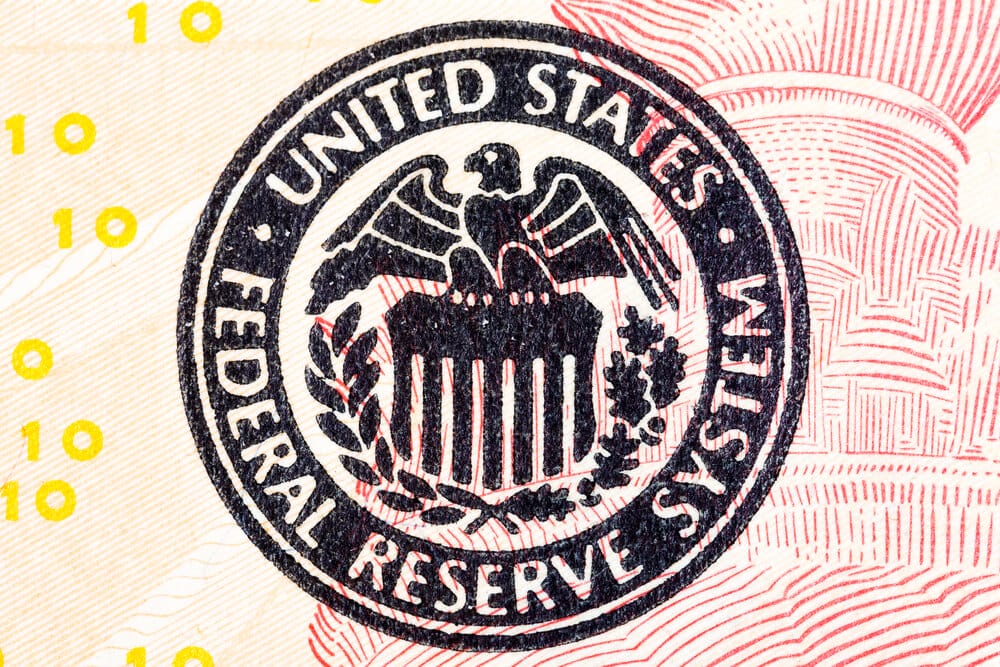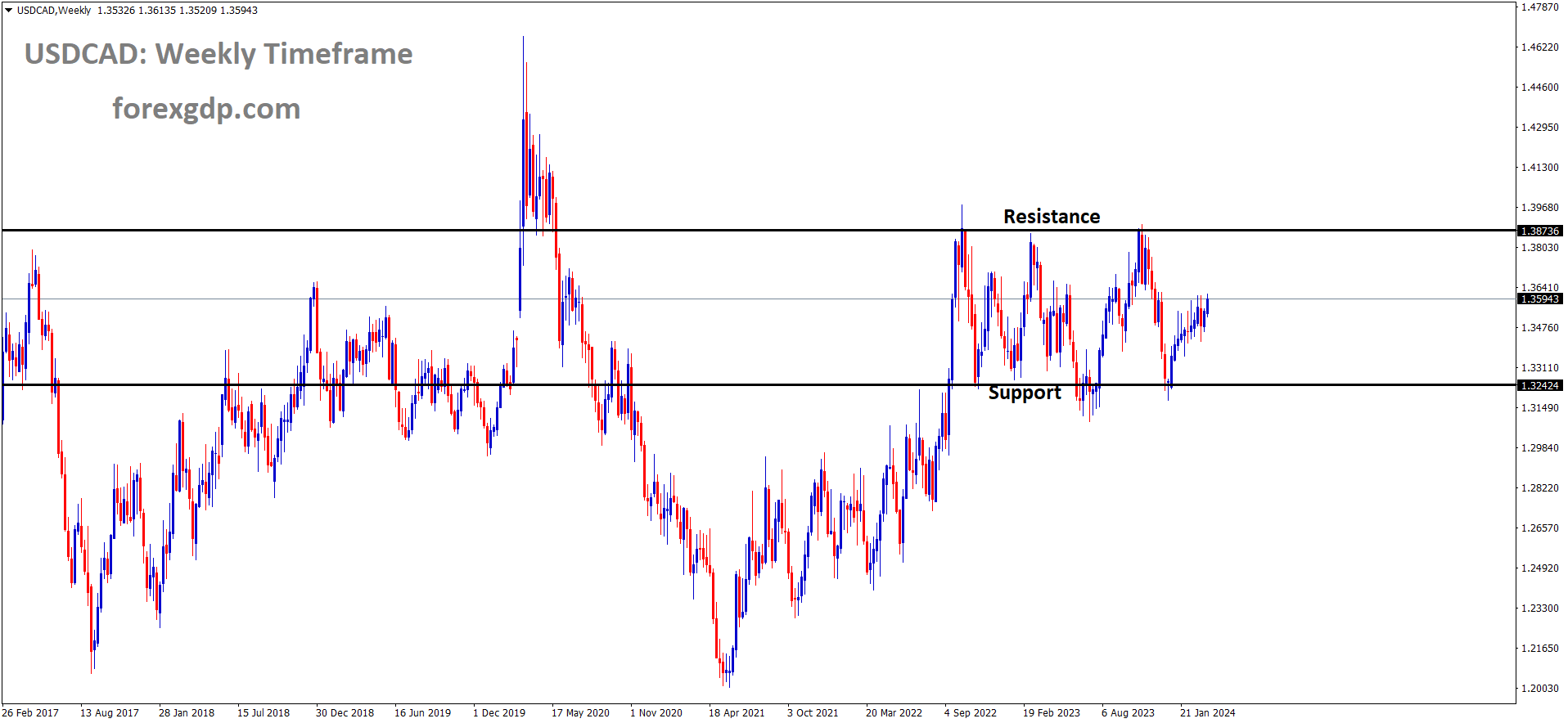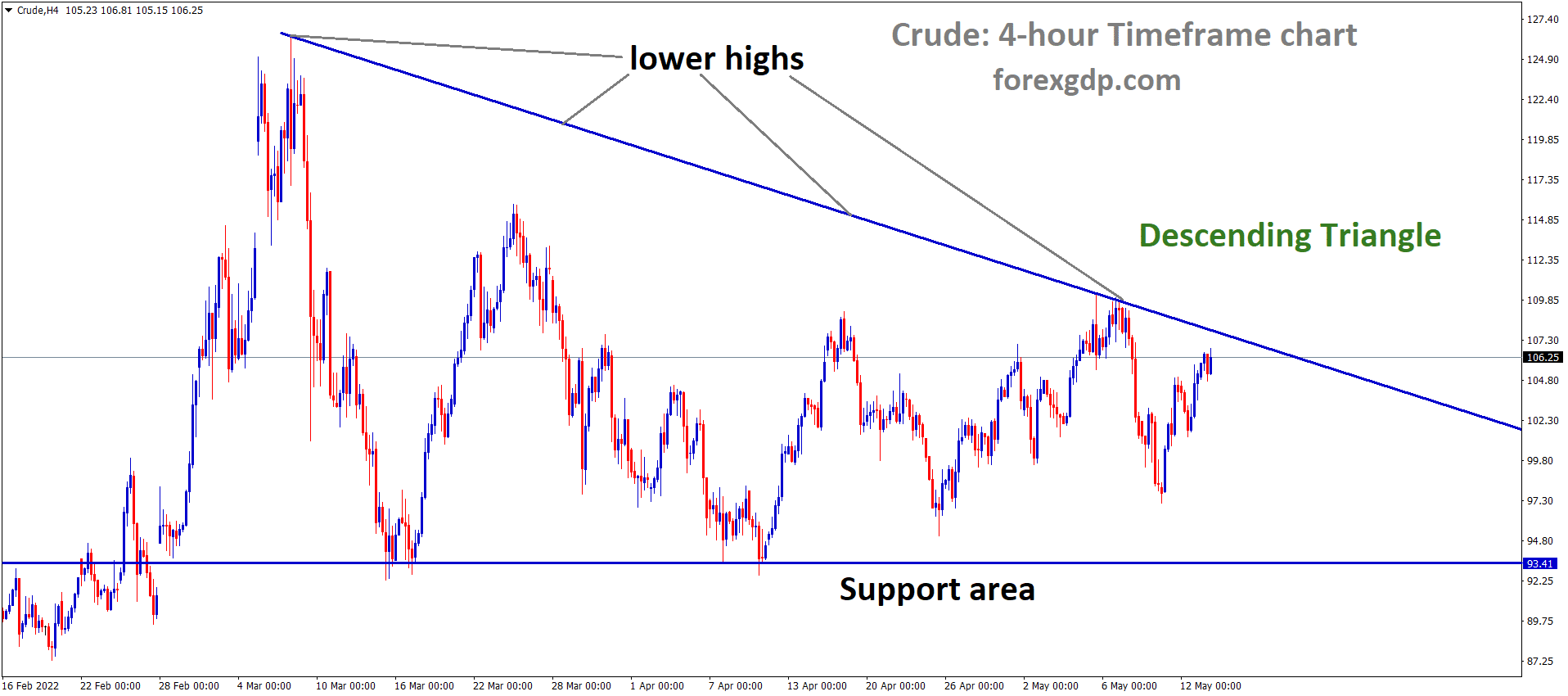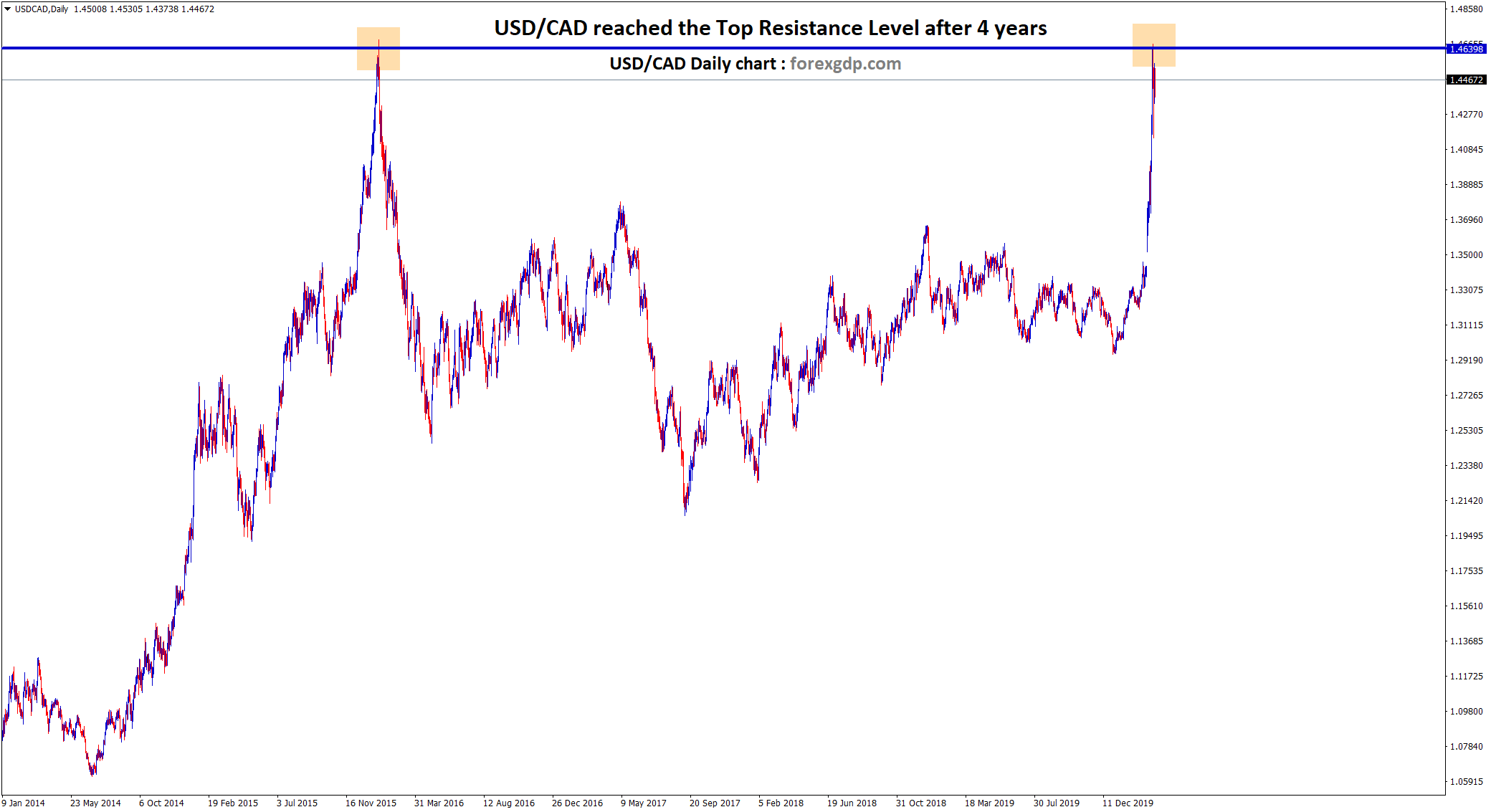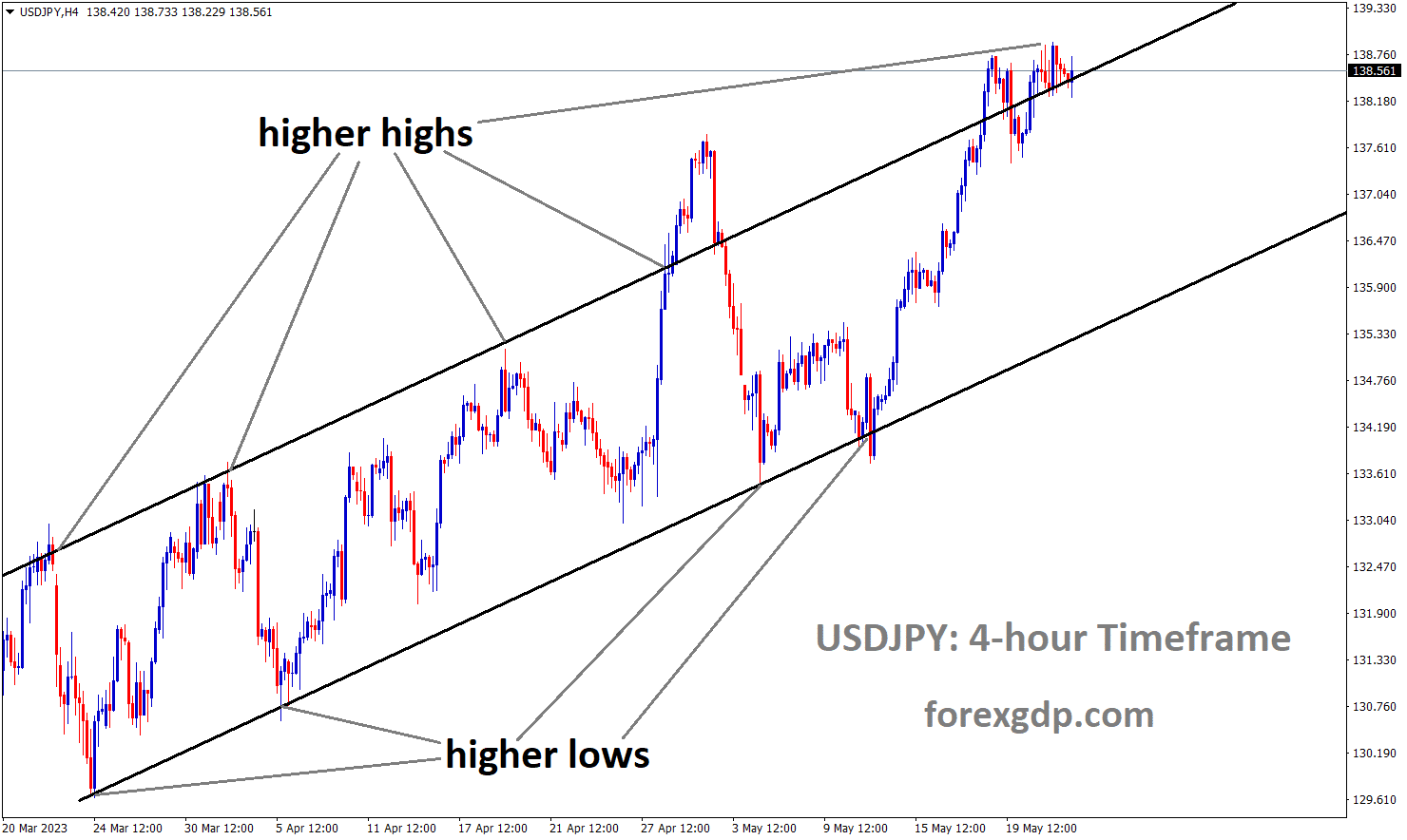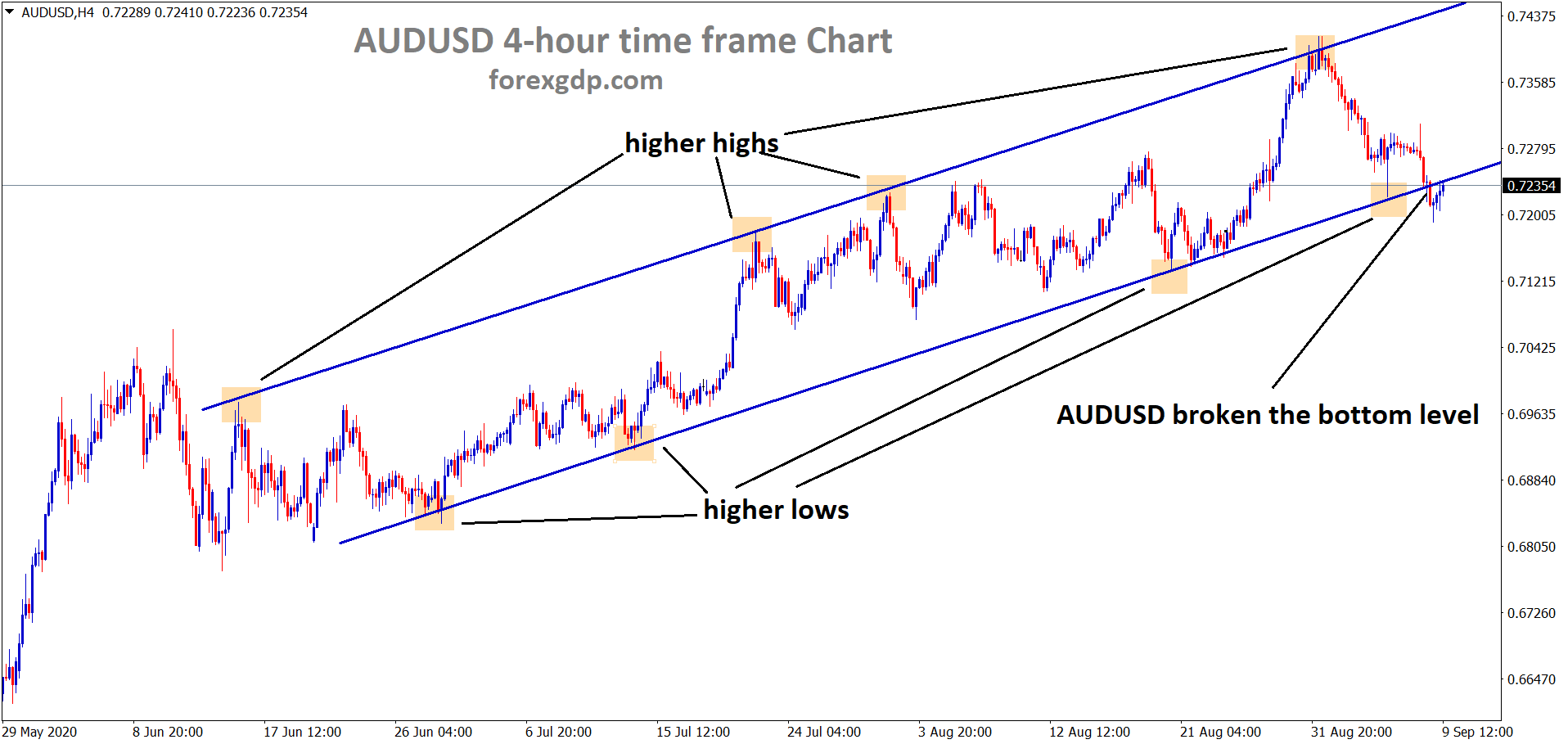CAD: Canadian CPI Falls Short of February Expectations
The Canadian CPI data annually came at 2.8% and Forecast inflation reading came at 3.1% from 2.9% in January month, CPI index rose to 0.30% less than 0.60% forecast. The BoC Projected 3.0% inflation reading in First half of 2024, 2.5% in Last half of 2024. Now CPI reading looks good track on the BoC forecasted path. Canadian Dollar moved down after the reading came, due to June month rate cut is expected from economists side.
USDCAD is moving in Ascending channel and market has reached higher high area of the channel
Canadian CPI Falls Below Expectations in February
According to Statistics Canada’s report on Tuesday, the inflation rate in Canada, as measured by the Consumer Price Index (CPI), eased to 2.8% annually in February from January’s 2.9%, falling short of the market’s anticipated 3.1%. On a monthly basis, the CPI rose by 0.3% compared to 0% in the previous month.
During the same period, the annual Core CPI of the Bank of Canada (BoC), which excludes the impact of volatile food and energy prices, rose by 2.1%, down from January’s 2.4%.
From the press release: “Prices for food purchased from stores continued to ease on a year-over-year basis in February (+2.4%) compared with January (+3.4%). Slower price growth was broad-based with prices for fresh fruit (-2.6%), processed meat (-0.6%), and fish (-1.3%) declining, while other food preparations (+1.4%), preserved fruit and fruit preparations (+4.0%), cereal products (+1.7%), and dairy products (+0.6%) decelerated in February.”
Price Growth for Groceries Eases in February
February was the first month since October 2021 that grocery prices increased at a slower rate than headline inflation. The slower price growth is partially attributable to a base-year effect, as food purchased from stores rose 0.7% month over month in February 2023, due to supply constraints amid unfavorable weather in growing regions, as well as higher input costs.
CAD: Unexpected Slowdown in Canada’s February Inflation Boosts Odds of June Rate Cut
The Canadian CPI data annually came at 2.8% and Forecast inflation reading came at 3.1% from 2.9% in January month, CPI index rose to 0.30% less than 0.60% forecast. The BoC Projected 3.0% inflation reading in First half of 2024, 2.5% in Last half of 2024. Now CPI reading looks good track on the BoC forecasted path. Canadian Dollar moved down after the reading came, due to June month rate cut is expected from economists side.
EURCAD is moving in the Box pattern and the market has fallen from the resistance area of the pattern
Canada’s February Inflation Cools, Raising Odds of June Rate Cut
Canada’s inflation rate unexpectedly slowed in February to its lowest level since June, with core inflation measures also easing to more than two-year lows, according to data released on Tuesday. This development has prompted investors to increase their bets for a rate cut in June.
Annual headline inflation decreased to 2.8% last month, surpassing analyst forecasts of a 3.1% rise and falling below January’s 2.9% increase. Meanwhile, the consumer price index rose by 0.3% on a monthly basis, lower than the anticipated 0.6% rise, as reported by Statistics Canada.
Following the release of the inflation data, money markets raised their bets for a 25 basis point rate cut in June to over 75%, up from 50% prior to the announcement. Additionally, the likelihood of an April rate cut increased to over 28% from 18%.
Royce Mendes, head of macro strategy for Desjardins Group, commented, “We expect central bankers will sound more dovish in April, thereby setting up a rate-cutting cycle beginning in June.”
The decline in inflation also led to a weakening of the Canadian dollar to a three-month low, with the loonie trading 0.54% lower against the dollar, and Canadian government 10-year bond yields falling 9.5 basis points to 3.502%.
Analysts cautioned that a rate cut in June is warranted based on the current data, and any further delay could have negative implications for the economy. Simon Harvey, head of FX analysis at Monex, emphasized the risk of the Bank of Canada falling behind the economy if it delays a rate cut until June.
The divergence in data between Canada and the US, its largest trading partner, is notable. Last week, the US saw a surge in consumer prices for February, dampening hopes of a rate cut by the Federal Reserve before June.
The Bank of Canada’s preferred measures of core inflation also declined to their lowest levels in over two years. CPI-median slowed to 3.1% from 3.3% in January, while CPI-trim decreased to 3.2% from 3.3%.
The Bank of Canada has stated that it is monitoring underlying inflation trends and will consider lowering interest rates if there is sustained evidence of downward momentum. The bank will update its forecasts next month, with its next rate announcement scheduled for April 10.
Despite the inflation slowdown in February, gasoline prices experienced a year-over-year increase, rising by 0.8% after a 4% decline in January, according to Statscan. Excluding volatile food and energy, prices rose by 2.8% compared to a 3.1% increase in December.
CAD: Unexpected February Inflation Dip in Canada Spurs June Rate Cut Bets
The Canadian CPI data annually came at 2.8% and Forecast inflation reading came at 3.1% from 2.9% in January month, CPI index rose to 0.30% less than 0.60% forecast. The BoC Projected 3.0% inflation reading in First half of 2024, 2.5% in Last half of 2024. Now CPI reading looks good track on the BoC forecasted path. Canadian Dollar moved down after the reading came, due to June month rate cut is expected from economists side.
USDCAD is moving in box pattern and market has rebounded from the support area of the pattern
In February, Canada’s inflation rate exhibited an unexpected slowdown, marking its most sluggish pace since June. Notably, core inflation metrics, closely monitored by analysts, dipped to their lowest levels in over two years. The data release on Tuesday spurred investors to revise their predictions, increasingly favoring a rate cut in June.
Annual headline inflation moderated to 2.8% last month, surpassing analyst projections of a 3.1% uptick and falling below January’s 2.9% increase. Statistics Canada reported a month-on-month rise in the consumer price index of 0.3%, notably lower than the forecasted 0.6% increase.
Following the inflation data, money markets adjusted their expectations, with bets for a 25 basis point rate cut in June surging to over 75%, up from 50% prior to the release. Additionally, the likelihood of an April rate cut rose to over 28%, up from 18%.
Royce Mendes, head of macro strategy for Desjardins Group, anticipated a more dovish tone from central bankers in April, setting the stage for a potential rate-cutting cycle starting in June.
The diminished inflationary pressure also exerted downward pressure on the Canadian dollar, driving it to a three-month low against the US dollar. Concurrently, Canadian government 10-year bond yields experienced a decline of 9.5 basis points to 3.502%.
The slowdown in February’s inflation was attributed to subdued price growth in food purchased from stores, along with declines in prices of cellular plans and internet services, according to Statscan.
However, grocery prices recorded a slower increase of 2.4%, marking the first time since October 2021 that the rate was below the headline inflation rate.
Analysts cautioned that the current data warranted a June rate cut and further delays could adversely affect the economy. Simon Harvey, head of FX analysis at Monex, emphasized the risk of the Bank of Canada playing catch-up with the economy in the latter half of the year if a decision to cut rates is deferred.
Diverging from the US, Canada’s largest trading partner, February saw a surge in consumer prices, dampening hopes for a rate cut by the Federal Reserve before June.
The Bank of Canada’s preferred core inflation measures, CPI-median and CPI-trim, both declined to their lowest levels in over two years. CPI-median dropped to 3.1% from 3.3% in January, while CPI-trim decreased to 3.2% from 3.3%.
The Bank of Canada emphasized the importance of sustained evidence of downward momentum in underlying inflation to consider lowering interest rates. In January, it projected headline inflation to hover around 3% in the first half of 2024, cooling to 2.5% by year-end.
The central bank, which increased rates by 475 basis points to a 22-year high between March 2022 and July 2023, has maintained rates for five consecutive meetings. In its March announcement, it indicated that underlying inflation levels suggested it was premature to consider a rate cut.
While February witnessed a slowdown in inflation, a year-over-year increase in gasoline prices partially offset the deceleration, rising by 0.8% after a 4% decline in January, as reported by Statscan.
Excluding volatile food and energy prices, the data revealed a 2.8% increase compared to December’s 3.1% rise.
Don’t trade all the time, trade forex only at the confirmed trade setups.
Get more confirmed trade setups here: forexgdp.com/buy/


